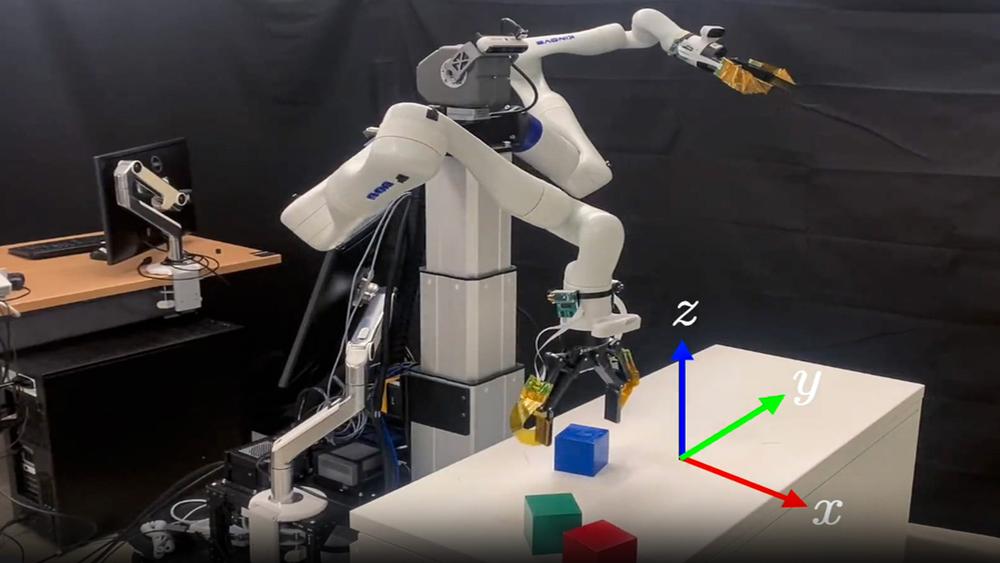Courtesy of the researchers
The researchers’ robot planning approach considers thousands of possible actions simultaneously, enabling it to rapidly determine how to manipulate and tightly pack items without damaging them.
Ready for that long-awaited summer vacation? First, you’ll need to pack all items required for your trip into a suitcase, making sure everything fits securely without crushing anything fragile.
|
ADVERTISEMENT |
Because humans possess strong visual and geometric reasoning skills, this is usually a straightforward problem, even if it may take a bit of finagling to squeeze everything in.
To a robot, though, it’s an extremely complex planning challenge that requires thinking simultaneously about many actions, constraints, and mechanical capabilities. Finding an effective solution could take the robot a very long time—if it can even come up with one.
Researchers from MIT and NVIDIA Research have developed a novel algorithm that dramatically speeds up the robot’s planning process. Their approach enables a robot to “think ahead” by evaluating thousands of possible solutions in parallel and then refining the best ones to meet the constraints of the robot and its environment.
Instead of testing each potential action one at a time, like many existing approaches, this new method considers thousands of actions simultaneously, solving multistep manipulation problems in a matter of seconds.
…

Add new comment